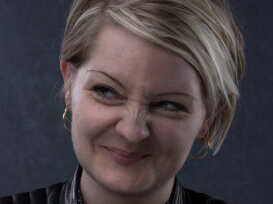DRAWING AN IMAGE OF THE FUTURE
Drawing images of the future. Levende Streg has had the pleasure of visualizing future and present scenarios on healthy aging in collaboration with NICA (National Innovation Center for Aging), the British Embassy, Voice and Industrial Strategy.
It was an exciting project with two intense days filled with innovation, learning and networking. The result was about 7 meters of drawing.
Your brain loves images
We all know the phrase “an image says more than a thousand words”. And there’s something about it. In fact, our brain can understand an image 60,000 times faster than we can read text. That’s why visual communication is an important part of today’s way of communicating – because images simply speak to our brains.
Graphic recording
More and more companies and organizations use graphic recording to support their events. It just makes really good sense for both participants and hosts. In fact, even for those who are not able to attend, it makes perfect sense – as the result is often sent out per mail afterwards. But why does it work so well to visualize what we are talking about?
One of the biggest benefits of visualization is that we agree on what we are talking about. When an image is added to our communication, it becomes much more real and tangible. We make sure everyone has the same inner picture in mind. And it is essential, e.g. when, as in this case, complex future problems are to be solved.
What does old look like?
You probably know it already. There are some pictures that are hard to get out of your head again. It can be both unpleasant pictures, emotional images – or something fun to watch. Common factor to them is that they make you feel something.
On this event we drew everything from “cutting toenails” to Iris Apfel, tricycles and Elvis.
Understand and remember with images
New research shows that we humans can remember and understand something way better if we draw it. This is because the process of drawing incorporates and integrates three different types of experiences. The first is the semantic experience (the internal generation of visual processes that allows you to translate a word into something that can be drawn). The second is the actual activation of the motor cortex (the planned movement of your hand as you draw). And last but not least, the visual experience (you see your drawing as you draw it).
This activates your brain – and the result is better understanding and better memory of the content.
Also Read: Learn how to draw
